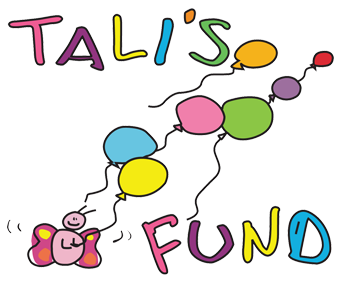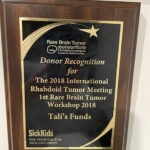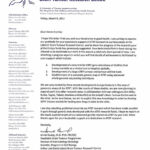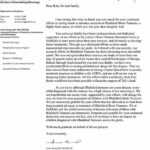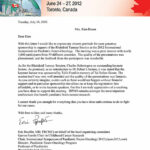About Us
Get to know us better
Our Mission
Supporting research targeting safe, effective treatments for children with rare brain cancers. Collaborating globally to promote awareness of research, resources, and treatments related to childhood brain cancers.
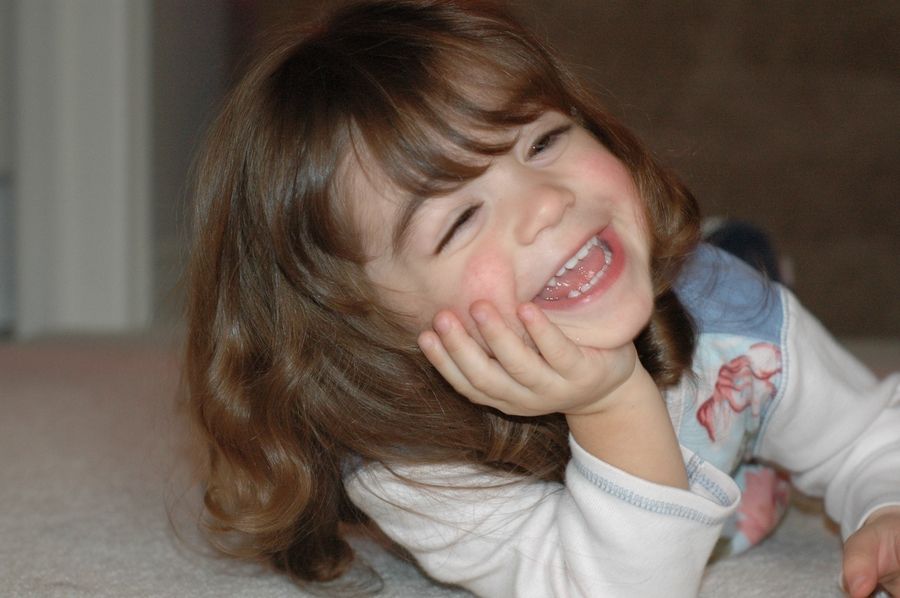
Our Impact
In 2008, Tali’s Fund approached the Arthur and Sonia Labatt Brain Tumour Research Centre at SickKids Hospital in Toronto, Canada to initiate research in the area of ATRT. We collaborated with the Mitchell Benjamin Duckman Fund to provide a seed of $30,000 for ATRT research under the direction of Dr. Annie Huang. At the time, they had data and tumour tissue from 14 patients for analysis. That initial investment has led to landmark findings by SickKids investigators as well as global collaboration with over 150 participating centres worldwide. Tali’s Fund continues to support Dr. Huang’s research team and their collaborative efforts, as well as to advocate for much needed ongoing research to find a cure for ATRT and other rare childhood brain cancers.
One Child Inspires Global Collaboration
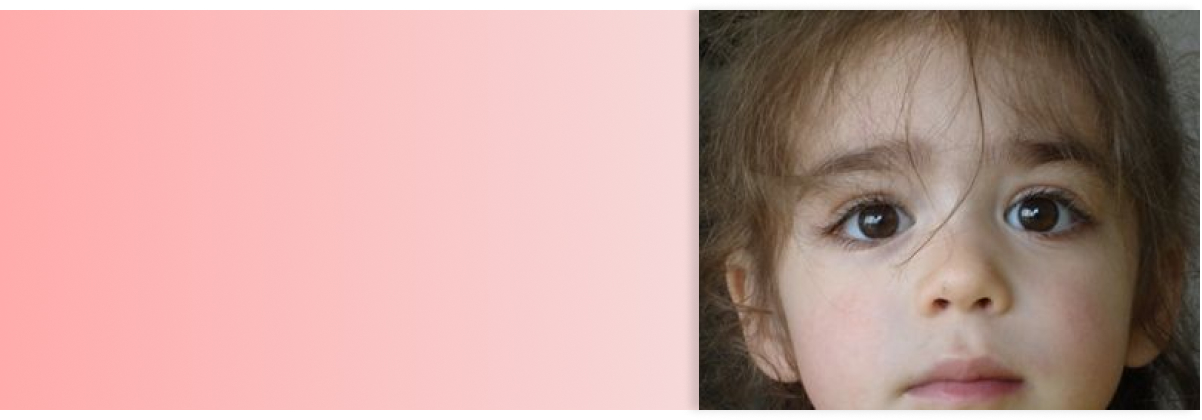
Childhood brain cancer known as ATRT is considered incurable. Most children die within 6 months to a year after diagnosis.

Tali’s Fund is established.

Tali’s Fund supports ATRT research at SickKids Hospital in Toronto, Canada (under the direction of Dr. Annie Huang), mobilizing the largest global collaborative study of ATRTs involving over 40 countries.

Transformative publication shows that ATRT is not one disease, allowing for more targeted treatment. “This important study marks the first step towards an integrated, risk-adapted, therapeutic approach…avoiding radiation in younger, average-risk patients and integrating novel therapies early for very high-risk patients.” Publication in Lancet Oncology.

Canadian collaborative study indicates promising initial findings that some patients with ATRT are surviving without upfront radiation. Publication in Neuro-Oncology.
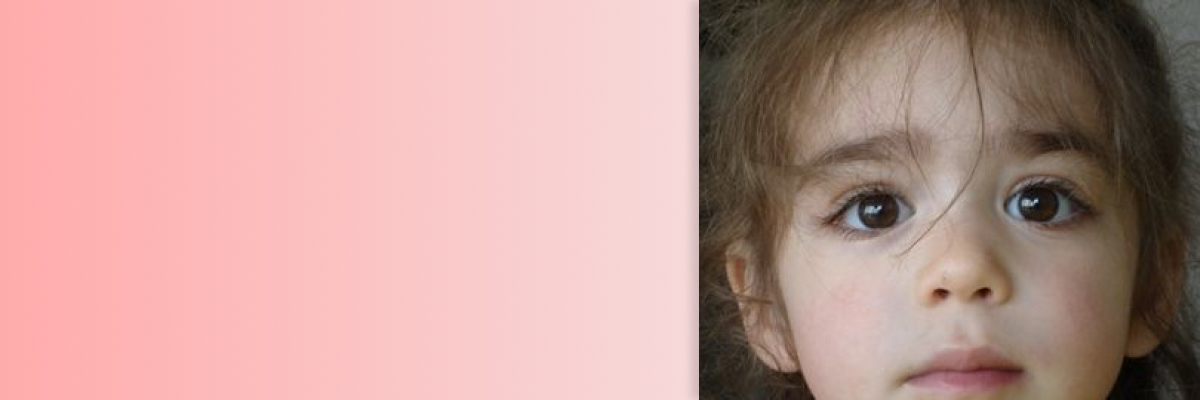
Discovery of 3 subtypes of ATRTs, each responsive to different types of drugs. Publication in Cancer Cell (include link).

After almost a decade of collaborative research, an online global registry is launched, with the goal of accelerating and improving diagnosis and treatment strategies for rare paediatric brain tumours. The Rare Brain Tumour Consortium (RBTC) is led by SickKids Hospital under the direction of Dr. Annie Huang.

Our research team hosts a conference for physicians & researchers from 88 centres around the world to discuss development of medicine personalized for individual patients to improve survival of those with ATRT.

Dr. Annie Huang’s research is recognized to be highly significant and receives funding from the Stand Up to Cancer U.S. based grant program as part of a large international collaboration.

Tali’s Fund collaborates with Miracle Marnie and Phoebe Rose Rocks to support the design and creation of a new and improved website for the RBTC, as well as an animated video - both created by INVIVO. INVIVO wins GOLD for their video in the NYX Awards!

An international consensus document is developed for molecular classification of ATRTs to develop treatments for patient-specific ATRT subtypes. The introduction of a common classification facilitates future research, which will help to refine subgroup-based therapies for ATRT patients. Publication in Neuro-Oncology (include link).

Dr. Huang’s data on ATRT subtypes is used by the Children’s Oncology Group (the largest paediatric cancer trial consortium) to design a global prospective ATRT clinical trial.

Over 2000 patients enrolled with the RBTC & over 3000 tumour samples banked. This includes over 625 ATRT patients enrolled. The RBTC tissue bank in Toronto is now the largest in the world, paving the way for researchers working to find a cure for rare childhood brain tumours. Tumour and patient treatment data are being matched. Research is showing what works and what does not work for children with different types of ATRTs.
Next Research Steps
To advocate for and to help support the launch of a clinical trial so that more children can benefit worldwide:
This new knowledge lays the foundation for a clinical trial of personalized treatments, giving young children with these tumours more tailored treatment options and fewer harmful side effects. The goal is to determine whether more precise and less toxic treatment combinations can be matched to specific ATRT subtypes.
